
Helping the healers through the power of mobile technology
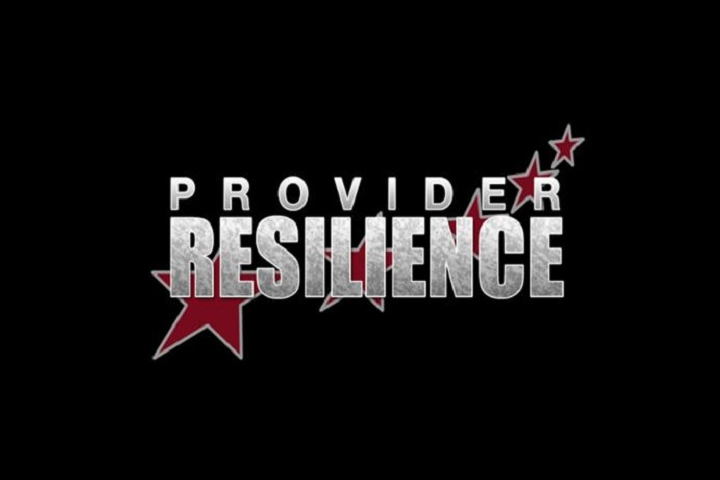
The Provider Resilience app offers health care providers tools to guard against emotional occupational hazards, including compassion fatigue and burnout. An updated version of the app is expected to be released in the fall. (Courtesy photo)
Experts at the Defense Health Agency’s Web & Mobile Technology Program Management Office have harnessed the power of mobile information technology to help those who help others. They’ve created the Provider Resilience app, which offers health care providers tools to guard against common but troubling emotional occupational hazards.
“The app was designed for behavioral health providers, but it benefits anyone who deals with trauma patients, including physicians, nurses, chaplains, and first responders,” said Julie Kinn, Ph.D., a research and clinical psychologist in the DHA’s Connected Health Branch, Clinical Support Division, at Joint Base Lewis-McChord in Washington.
As a June 2016 report in the International Journal of Environmental Research and Public Health explains, providers who care for patients who’ve been through trauma eventually may feel as though they’ve experienced the trauma themselves. This secondary traumatic stress can lead to compassion fatigue and burnout. Providers with these conditions describe feeling physically and emotionally exhausted and unable to cope, as though they have nothing left to give, according to a blog post on the Psychological Health Center of Excellence website.
“Our providers do so much good work,” Kinn said. “But over the past 16 years, they’ve been dealing with such high levels of exposure to trauma through their patients.”
“Our providers know what they need to do to maintain compassion and prevent burnout,” Kinn said. “The problem is, they just don’t do it. It’s not a lack of knowledge; it’s a lack of reminders to take some time in their day for self-care. So the app simply gives them those daily reminders and a way to track.”
The app features a dashboard that gives users a resilience rating based on such factors as how long it’s been since their last vacation. It also includes brief self-assessments, inspirational and funny messages, and videos from actual patients expressing gratitude for the care they’ve received.
Jodi Boling is a registered nurse who works in hospice care in Crown Point, Indiana. She holds a master’s degree as a clinical nurse specialist in adult health and is working on a Ph.D. She came across information about the Provider Resilience app while doing research for her dissertation on compassion fatigue in nurses.
Boling downloaded the app on her own mobile device and has met with the chief executive officer of her hospice organization to ensure that he’s aware of its potential to help health care providers.
"When a patient dies, nurses often don't take the time to grieve the loss,” Boling said. “Instead, they administer postmortem care and then address the needs of their other patients. There's an inherent trait to keep moving and not take the time for self-care."
Boling said if she had to identify any shortcoming of the app, it’s that “it’s available in only one language. I’m thinking it would be beneficial for first responders who were involved in rescuing the Thai soccer players trapped in the cave.”
The Provider Resilience app was introduced about five years ago. Kinn said that despite being marketed only to military behavioral health providers, “it actually gets pretty good downloads.” The app has been downloaded more than 35,000 times, she said, with an average of 924 new downloads each month.
Kinn said the team at JB Lewis-McChord is working on an updated version with an easier-to-use interface, more-modern graphics, and other features that will make the app inclusive for other health care providers and first responders. It’s expected to be released in the fall and, like the current version, will be available free for anyone to download from the App Store and Google Play.
Soldiers test Army's newest transport telemedicine technology
Article
7/20/2018
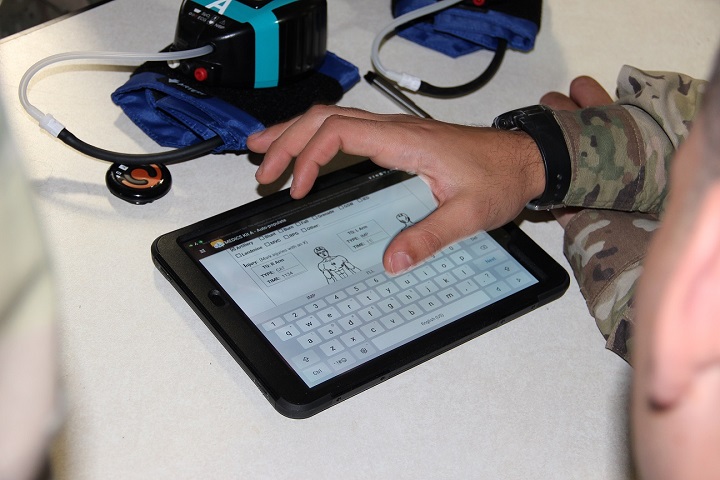
MEDHUB is really about life-saving situational awareness
Air Force, NASA seek potential medical collaboration
Article
7/19/2018
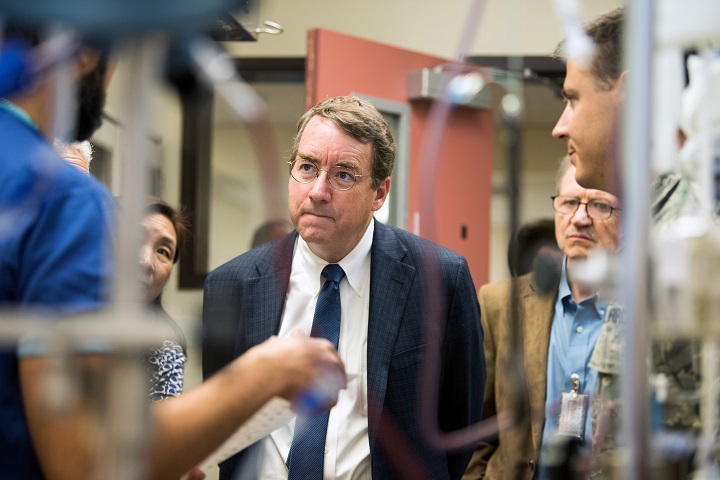
NASA and the military share a lot of similar medical issues
DHITS 2018
Video
7/18/2018

This video describes the important topics covered during the Defense Health Information Technology Symposium each year
Navy Care app enables medical appointments from work, home
Article
7/13/2018
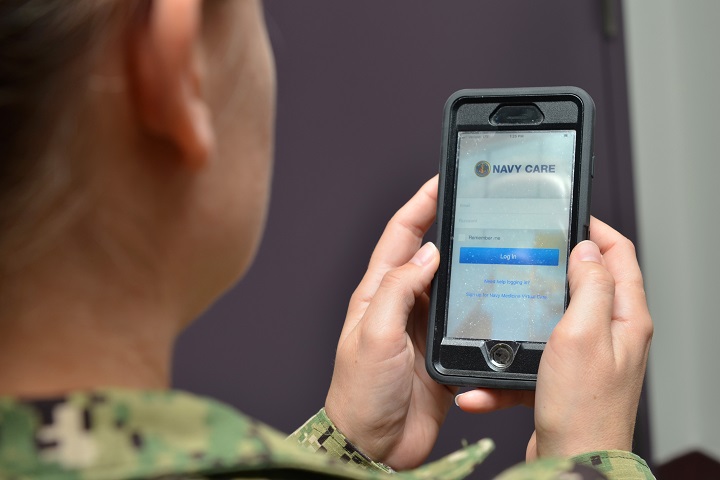
The app delivers convenient care with the quality of a face-to-face visit
MHS Genesis
Photo
7/3/2018
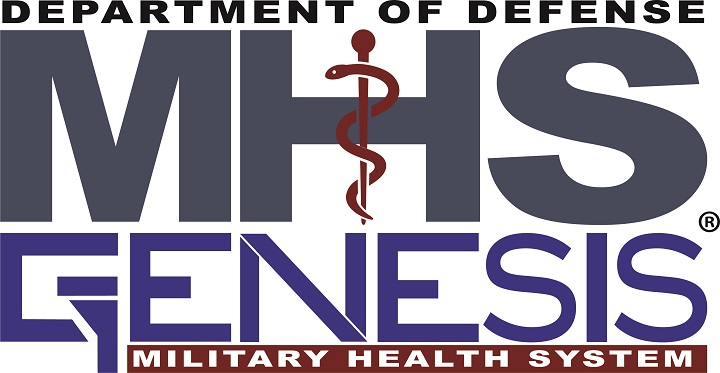
Official Image of MHS Genesis
MHS GENESIS focal point for Defense Health Agency Director visit at Naval Hospital Bremerton
Article
7/3/2018
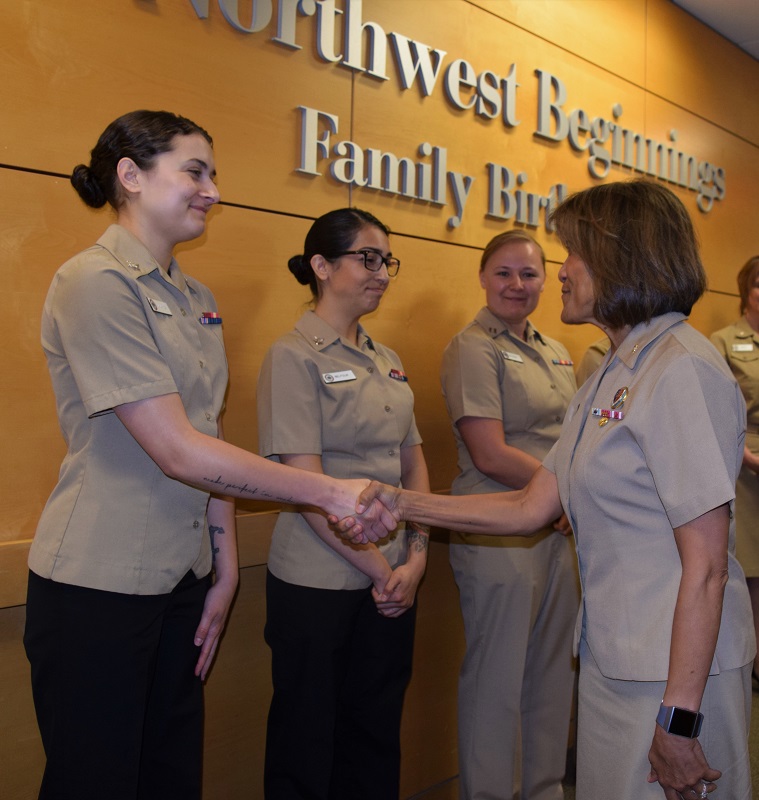
The trip included candid conversations regarding implementation, best practices, lessons learned, issues and improvements.
Navy clinic first MHS GENESIS site to complete accreditation
Article
7/3/2018

Navy clinic first MHS GENESIS site to complete accreditation
Project Sea Raven delivers cutting-edge pathogen detection technology
Article
5/31/2018

Project Sea Raven is now an integral part of USNS Mercy’s microbiology capacity
Air Force lab puts medical devices through their paces
Article
4/10/2018

Lab’s mission is unique within the Air Force, and across the U.S. military
Essentris®
Fact Sheet
3/27/2018
The military’s inpatient electronic health record is used in acute hospital environments, providing point-of-care data capture at the patient’s bedside for physiological devices, fetal/uterine devices, ventilators and other patient care machines.
From an award ceremony to panel talks, senior leaders will have presence at HIMSS
Article
3/8/2018
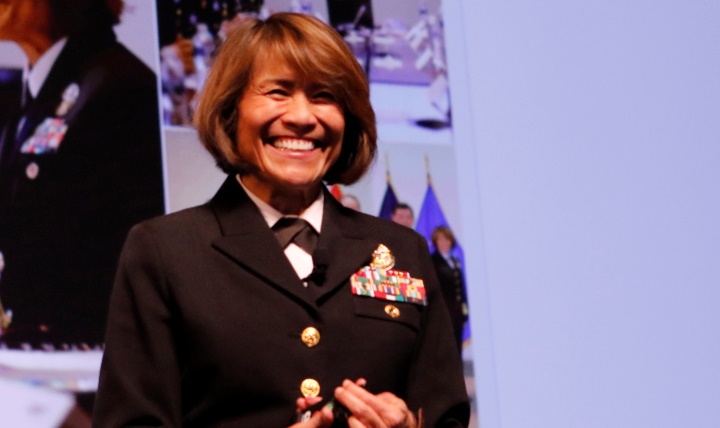
Federal health, IT experts come together for discussion on hot topics
Solution Delivery Division
Fact Sheet
3/7/2018
To deliver information technology solutions to the Military Health System through expert acquisition program management, process reengineering, information translation and sharing, training, and integration activities in order to support and advance the delivery of health care to our patients.
Advancements in telehealth improve access to healthcare
Article
2/23/2018
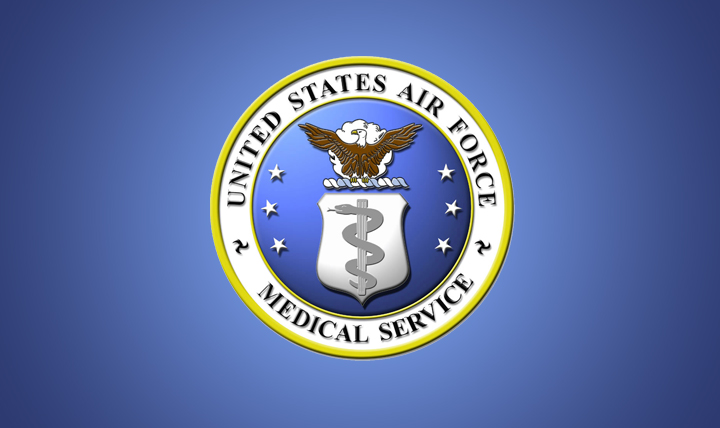
Telehealth brings a range of services all working together to improve access
Health care of the future: Virtual doctor-patient visits a reality at NCR
Article
2/20/2018
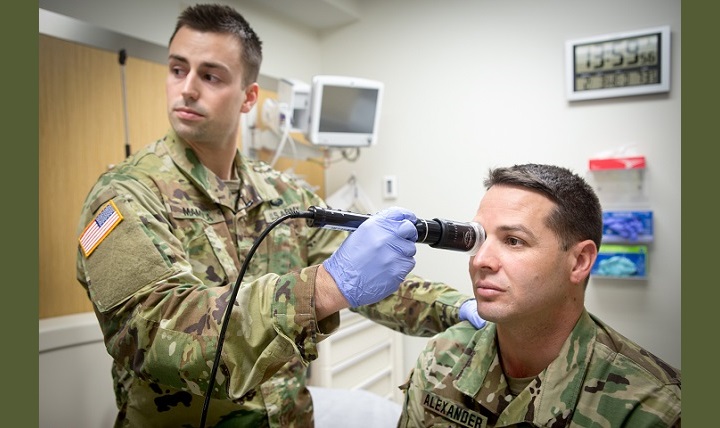
Experts from MHS, NCR come together at Virtual Health Summit
Air Force robotic surgery training program aims at improving patient outcomes
Article
2/9/2018
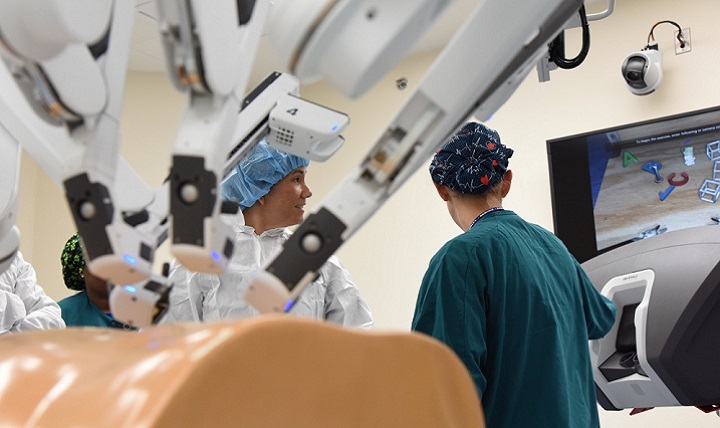
Robotic surgery is becoming the standard of care for many specialties and procedures





















.jpg)









No hay comentarios:
Publicar un comentario